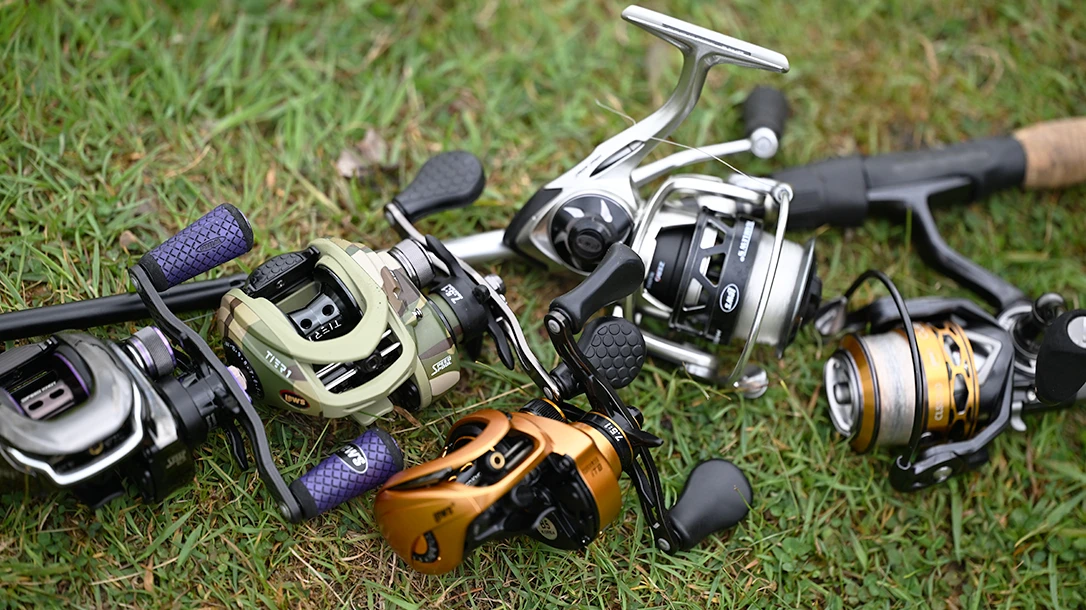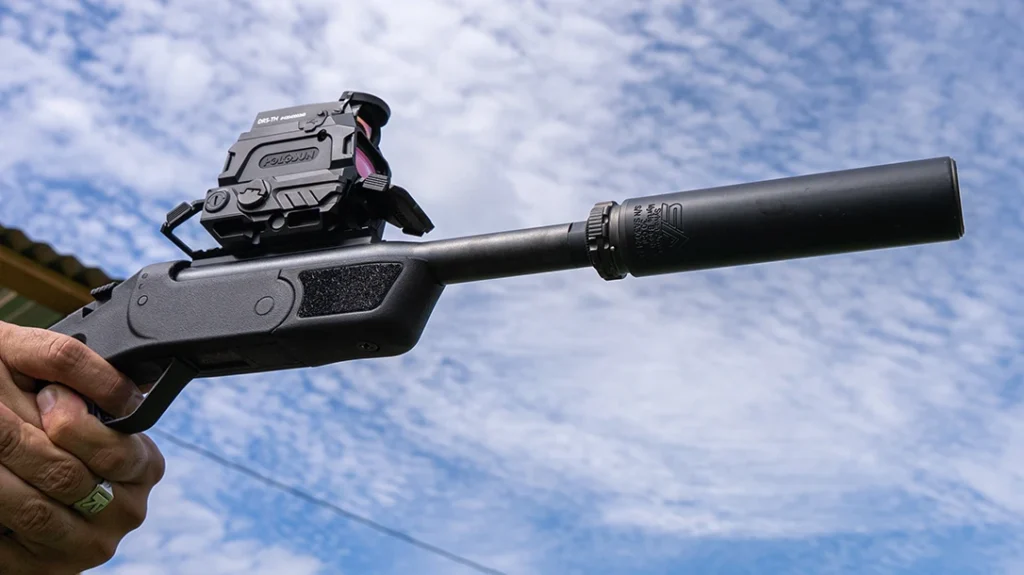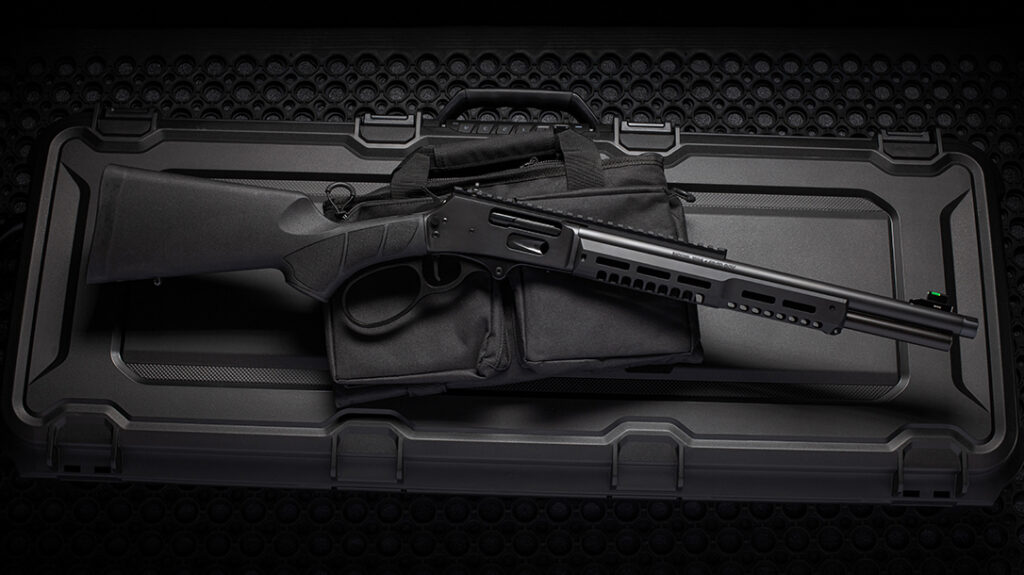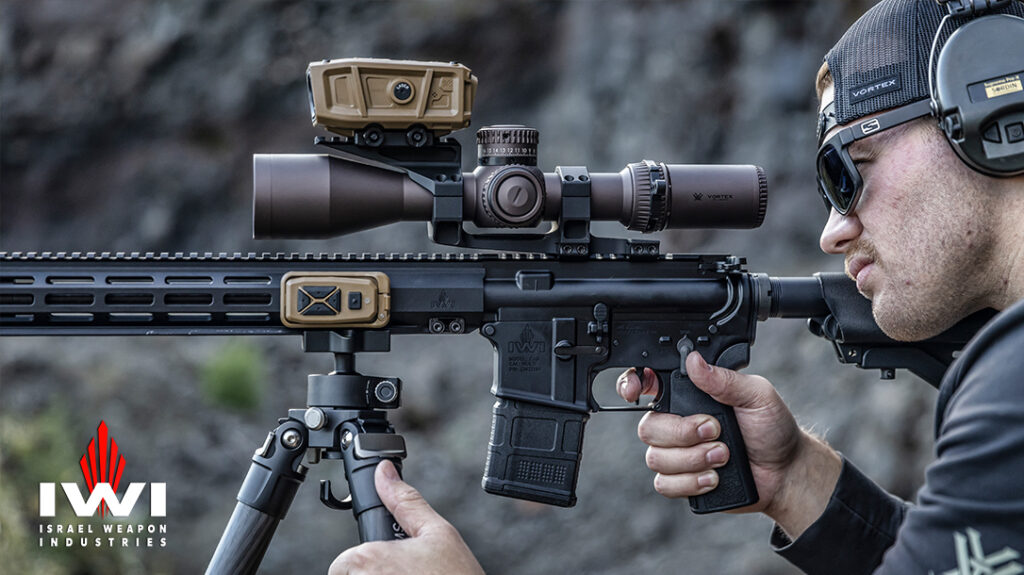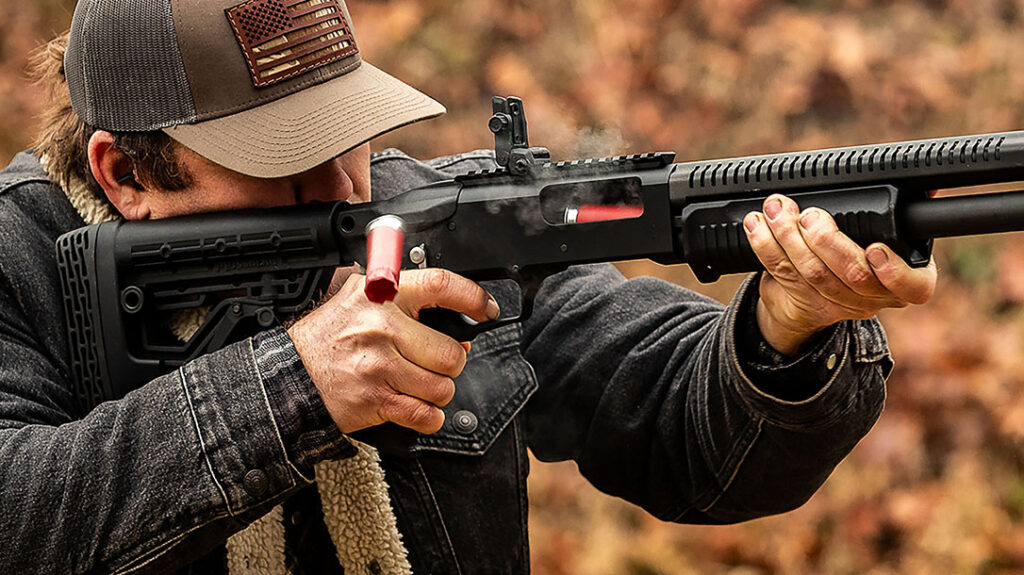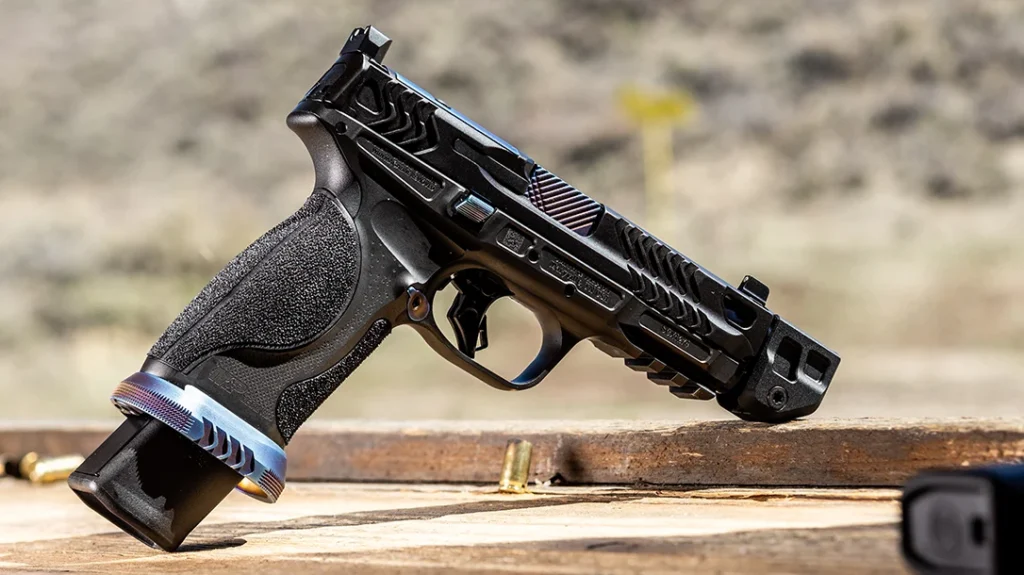Since about the third century in China, fishing reels have been used to assist anglers in catching fish for food and sport. Fortunately, there have been quite a few advancements in technology, design and function since then. We are going to dive into some of the most popular styles and designs of reels and which ones work best for which application.
Push Buttons Fishing Reels
First, we will start with the push button reel. Most of the reels we start kids with at all our events are Zebco 202 model rod and reel combos. Zebco is the company that literally invented this style reel in 1947. They are inexpensive at around $20 and are extremely simple to use.
The push button reel is officially called a spin cast reel. These reels are great to start with because with the push of a button, flick of the wrist and a little practice, you can cast accurately and start fishing. You are limited with low gear ratios making them slower retrieves and lower quality drag. But those negatives also come with a much lower price tag. These are a best choice for kids, first timers or the angler that rarely fishes and wants a low-cost option.
Advertisement — Continue Reading Below
Spin To Win
The most common style of fishing reel would be an open face spinning reel. This model of fishing reel was invented in 1905 and is the oldest on our list. The spinning reel consists of a spool to hold the line, a gear box with a spinning handle and a bail to open or close off the release of the line. To cast these, you should use your index finger to hold the line in front of the reel. Then open the bail with your opposite hand, cast your line out while releasing your finger holding the line when you swing the rod to point towards the targeted area and then close the bail with your hand before you begin to reel.

This form of fishing is so common due to its low-cost options and ease of use. Spinning reels also allow for easily visible tangle management and various spool sizes for heavier line thicknesses. You gain superior bearings, drag systems and many more gear ratio options over a spin cast reel as well. This is the reel I personally choose for small finesse fishing baits or any bait that is not retrieved when used. For jigs, Ned rigs, shaky heads, senkos, wacky rigs, drop shots or any other finesse set ups, the spinning reel is for you!
Advertisement — Continue Reading Below
Bait Caster Fishing Reels
As if fishing was not tricky enough at times, let me introduce you to the bait caster reel. These were said to have been introduced in the early 1800’s. The name comes from exactly what it sounds like — to cast baits that were meant for casting versus baits designed for jigging.

Bait casters are known to be challenging to learn on due to their wonderful ability to backlash when casted incorrectly or into the wind. A backlash occurs when the spool is spinning faster than the line coming out of the reel. These have a spool tension knob to tighten or loosen the spool to attempt to match the speed of the line coming off the reel. A pro tip to measure this correctly is to push the release on the reel and let the lure free fall to the ground. If it falls quickly and freely, tighten the spool slightly until it falls at a slow and smooth rate. This will be a simple way to dial in the spool tension for each size lure.
Advertisement — Continue Reading Below
The most common techniques for a bait caster are crank baits, spinner baits, top water baits, bladed hogs and any moving bait. My rule is any moving bait gets a bait caster and any jigging bait or still bait gets a spinning reel.
Reeling It In
Out of these three options, always use whichever fits your fishing needs the most. Budget matters with the spin cast being the cheapest and the bait casters usually being the most expensive. Spin cast is the easiest and bait casters are the most challenging. If I had to pick one reel to do it all, I would choose a spinning reel in a 200-spool size with a moderate 7-8:1 gear ratio for bass fishing.
Go practice your casts and accuracy to ensure more fish and fun!
Advertisement — Continue Reading Below
